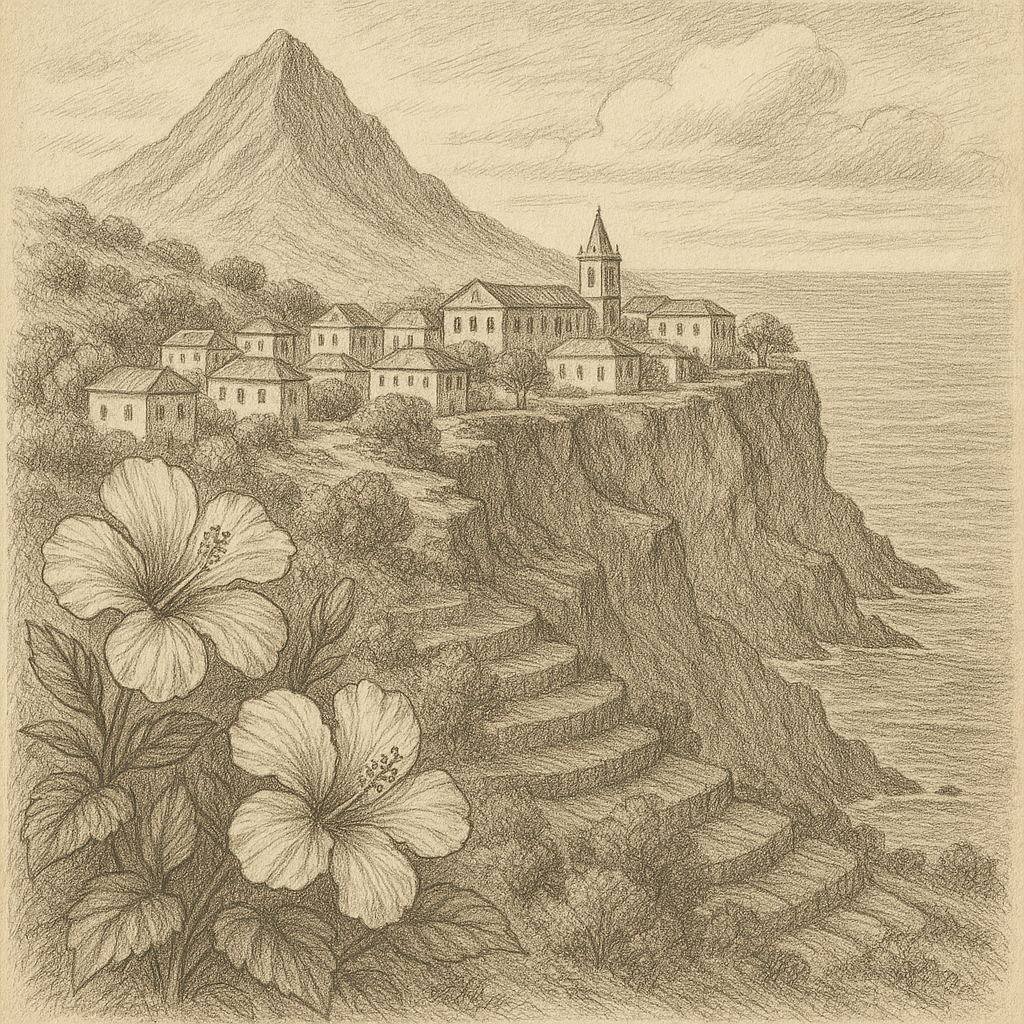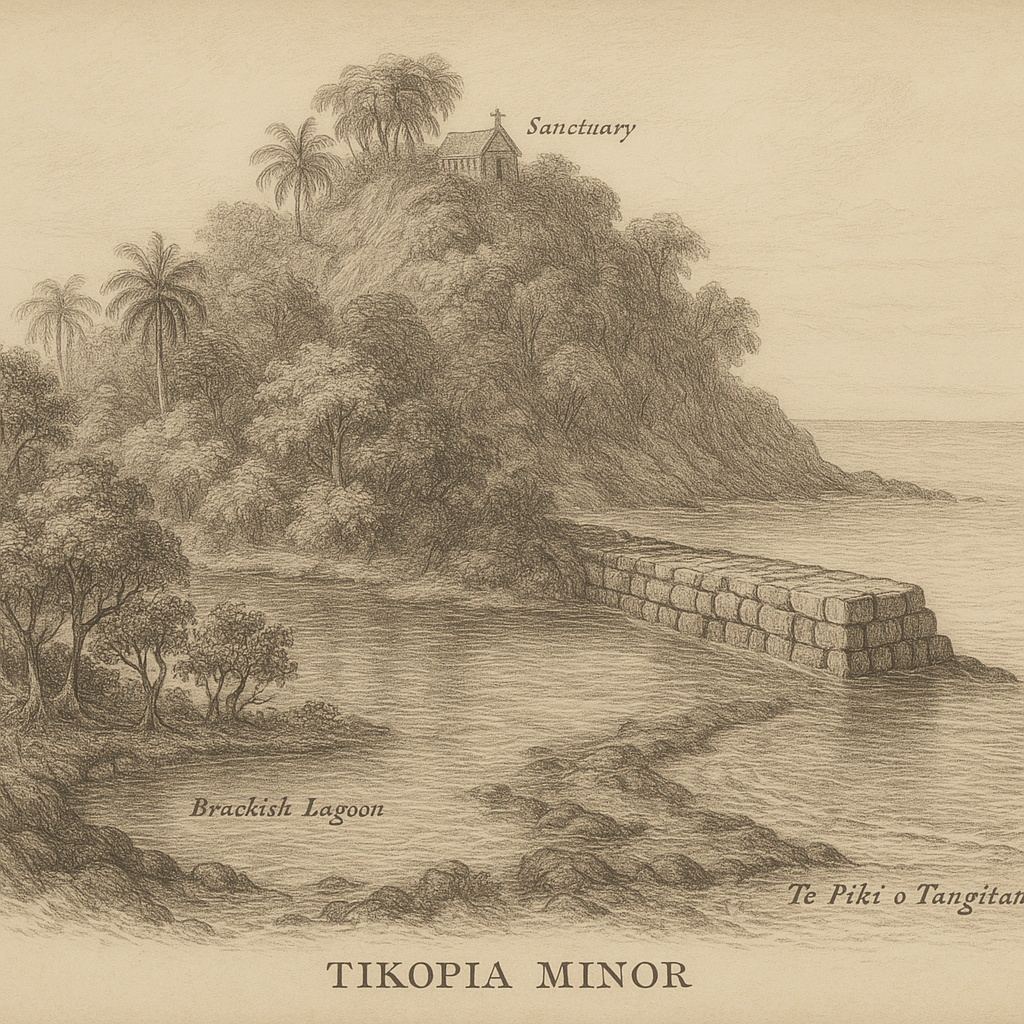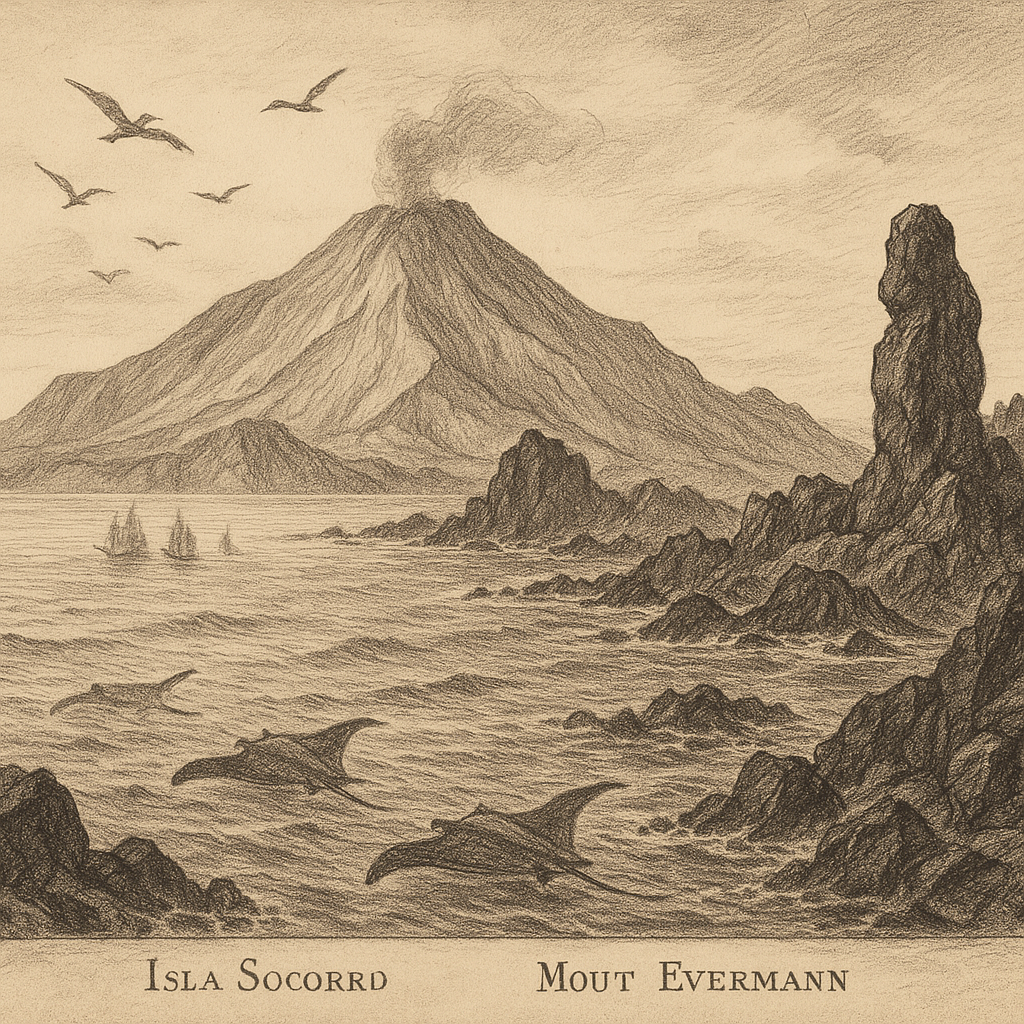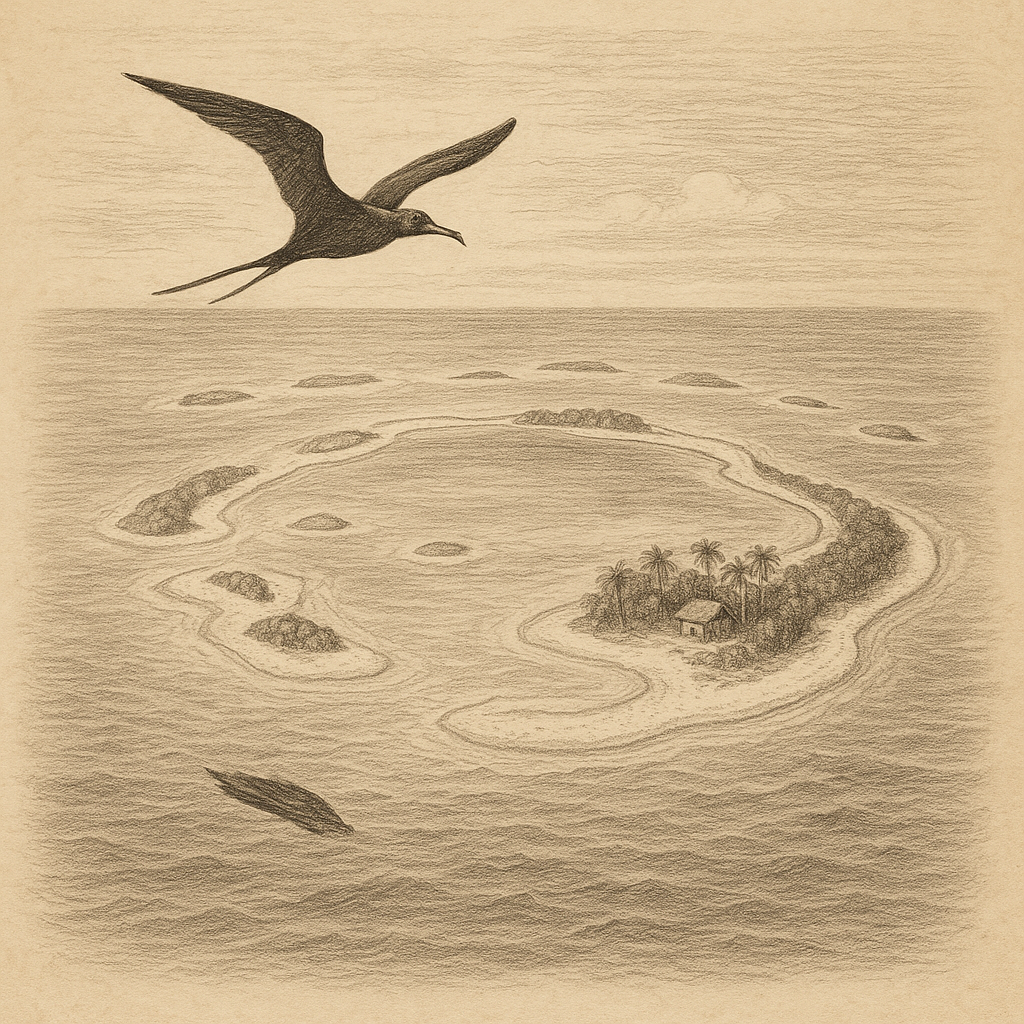Brava Island: The Secret Gem of Cape Verde Brava Island, part of the Cape Verde (Cabo Verde) archipelago, is a small, rugged island hidden in the central Atlantic Ocean. Known as the “Island of Flowers”, Brava is both the smallest inhabited island of Cape Verde and one of its least discovered by mass tourism. With a unique blend of volcanic landscapes, vibrant flora, and rich cultural traditions, Brava offers a distinct appeal for those seeking an off-the-beaten-path experience. Location and Geography Brava is situated in the Sotavento group of islands (the Southern Islands) in the Cape Verde archipelago. It lies to the southwest of the better-known island of Fogo, approximately 20 km across a narrow sea channel. The island covers an area of just 67 square kilometers and is roughly oval in shape. Its highest point is Monte Fontainhas, which towers 976 meters above sea level and contributes significantly to Brava’s microclimate. The island is of volcanic origin, much like the rest of Cape Verde. Although its volcanoes are considered extinct today, their remnants form dramatic cliffs, steep valleys, and a jagged coastline. Brava lacks natural sandy beaches but makes up for it with lush, terraced landscapes and panoramic ocean views. Climate and Biodiversity Brava’s location and elevation give it a milder and more humid climate than the rest of Cape Verde. While much of the archipelago tends toward dryness, Brava benefits from more frequent cloud cover and higher rainfall, especially in the mountainous interior. This has enabled a wide variety of plants to flourish, earning it the nickname “The Island of Flowers”. The island is known for its abundance of hibiscus, bougainvillea, and oleander, as well as endemic species such as the Brava dragon tree (Dracaena draco) and unique mosses found only in damp highland areas. With its diverse altitudes and protected habitats, Brava provides a refuge for rare birds, including the Cape Verde warbler and Fea’s petrel. Culture and Population Despite being the smallest populated island in Cape Verde, Brava has a rich cultural scene. The main town is Nova Sintra, named after the Portuguese town of Sintra due to its scenic charm. Positioned atop a plateau, Nova Sintra is recognized for its immaculate colonial houses, cobblestone streets, and quiet gardens. Brava’s population is just over 6,000 inhabitants, many of whom live in steep hillside villages connected by stone footpaths or narrow roads. Most families rely on agriculture, fishing, and remittances from the Cape Verdean diaspora, particularly in the United States. The island’s isolation has preserved many of its traditional customs, including lively music styles such as morna and coladeira, often performed using locally made string instruments. Catholic festivals are vital parts of community life, and each village typically honors its own patron saint with annual processions, feasts, and dancing. Attractions and Points of Interest Tourists who make their way to Brava often fall in love with the island’s raw and untouched beauty. Highlights for visitors include: – **Nova Sintra**: With its colonial-era charm and peaceful squares, Nova Sintra is considered one of the most attractive towns in Cape Verde. – **Fajã d’Água**: A stunning former port village nestled between mountains and sea cliffs, offering hiking trails and swimming spots. – **Monte Fontainhas**: A rewarding climb with panoramic views of the Atlantic and neighboring Fogo Island. – **Furna and Cova Rodela**: Traditional villages with terraced farmland and examples of Brava’s characteristic architecture. Hiking and eco-tourism are the island’s main draws, with networks of footpaths connecting hidden valleys, waterfalls, and botanical sites. Fun Facts and Curiosities – Brava is the only Cape Verdean island where bananas regularly grow in home gardens, thanks to its unique climate conditions. – The island’s isolation has made it a stronghold of the endangered Cape Verdean creole dialect known as “Crioulo da Brava”, which contains more archaic Portuguese elements than those of other islands. – American whaling ships once frequently stopped at Fajã d’Água in the 1800s, recruiting sailors from Brava — many of whose descendants today live in New England. – There are no natural ports, and heavy sea swells frequently make landing difficult. As a result, access is limited to small boats from Fogo and infrequent cargo services. Legends and Local Lore Brava’s rugged isolation has nurtured a rich oral tradition. One of the most enduring legends is that of the “Golden Bell,” a sunken artifact said to lie somewhere in the waters off Fajã d’Água. According to local lore, a ship carrying a cathedral’s bell from Lisbon was wrecked in a storm off Brava’s coast. The bell, made of gold and weighing several tons, now rests beneath the waves and “rings” on stormy nights — heard by fishermen offshore but never seen. Locals also speak of “The Lady of Monte Fontainhas,” a ghostly woman in white who appears on trails at dawn or dusk to those making pilgrimages or traveling alone. Her presence is said to foretell blessings or sometimes warn of missteps. For generations, this spirit has been both feared and revered. Access and Regulation Brava remains difficult to reach, as no airport exists on the island. Access is only possible by ferry from the nearby island of Fogo. Weather conditions often interrupt travel, particularly during the windy months of winter. Due to its fragility and importance to Cape Verde’s ecosystem, conservation efforts are underway to protect Brava’s unique flora and fauna, especially against invasive species and overgrazing. Visitors are encouraged to respect the environment, stick to marked trails, and support local businesses promoting sustainable tourism. Conclusion Brava Island stands as one of the last truly hidden gems of the Atlantic — a tranquil haven steeped in culture, nature, and legend. Its remote character ensures that only the most curious and respectful travelers make their way to its shores. For those who do, Brava offers a chance to step back in time, explore vibrant landscapes, and connect with a heritage unspoiled by the modern world.

Brava Island
Do you like my work? Buy Me A Coffee
Do you like my work? Buy Me A Coffee
-

Tikopia Minor Central Island
Tikopia Minor Central Island: A Hidden Gem in the South Pacific Tikopia Minor Central Island is one of the tiny, remote landmasses that form part of the Solomon Islands archipelago in the South Pacific Ocean. While its larger counterpart, Tikopia, has gained a modest reputation for sustainable living and ancient traditions, Tikopia Minor Central Island…
-

Isla Socorro
Isla Socorro: Mexico’s Remote Pacific Outpost Isla Socorro, formally known as Isla Socorro del Archipiélago de Revillagigedo, is the largest of the four volcanic islands that make up the Revillagigedo Archipelago in the Pacific Ocean. Located approximately 600 kilometers southwest of the southern tip of the Baja California Peninsula, this isolated and captivating island offers…
-

Suwarrow Island
Suwarrow Island: A Remote Atoll of Mystery and Wildlife Suwarrow Island, also spelled Suvorov or Suvarov, is a remote coral atoll in the northern Cook Islands in the South Pacific Ocean. Almost entirely uninhabited for most of its history, Suwarrow is famed for its natural beauty, rich marine biodiversity, and the legends that surround it.…
by
Tags: